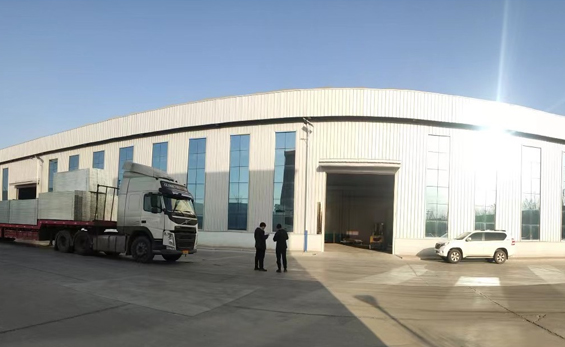Aug . 29, 2024 21:46 Back to list
Temporary Construction Fencing Supplier | Durable & Reliable Solutions
The Importance of Temporary Construction Fencing A Comprehensive Guide
In the construction industry, safety and security are paramount. One essential element that ensures these factors is temporary construction fencing. Serving as a barrier, this fencing plays a crucial role in safeguarding construction sites, protecting workers, and minimizing unauthorized access.
What is Temporary Construction Fencing?
Temporary construction fencing refers to portable barriers designed to delineate a construction site. Made from durable materials such as chain link, vinyl, or mesh, these fences can be easily assembled and disassembled. Typically, they are used for various purposes, including protecting the public, securing valuable equipment, and ensuring site safety.
Benefits of Temporary Construction Fencing
1. Enhanced Security One of the primary benefits of temporary fencing is its ability to deter unauthorized access. Construction sites often contain valuable machinery, tools, and materials, making them attractive targets for theft. Fencing provides a physical barrier that restricts entry and helps safeguard these assets.
2. Site Safety Construction sites can be hazardous environments. Erecting a temporary fence serves to keep the public and unauthorized individuals at a safe distance, reducing the risk of accidents. This is particularly important for sites where heavy machinery is in use or where potential hazards exist.
3. Property Protection Not only does temporary fencing keep intruders out, but it also helps prevent vandalism and protects the construction site from litter or damage caused by outside disturbances. By maintaining a clear boundary, contractors can focus on the job at hand without worrying about external factors.
temporary construction fencing supplier

4. Compliance with Regulations Many municipalities require construction sites to have proper fencing to comply with safety regulations. Using temporary construction fencing can ensure that contractors are adhering to local codes, thereby avoiding potential fines or legal issues.
5. Flexibility and Convenience Temporary construction fencing is designed for easy installation and removal. This flexibility allows contractors to quickly adapt the fencing as the project evolves, whether it’s extending the area under construction or relocating the fence to accommodate changes in workflow.
Selecting a Supplier for Temporary Construction Fencing
Choosing the right supplier for temporary construction fencing is crucial for ensuring quality and reliability. It's essential to look for a provider with a solid reputation in the industry, offering a variety of fencing options tailored to meet specific project needs. Factors to consider when selecting a supplier include
- Quality of Materials Ensure that the fencing materials meet industry standards for durability and strength. - Range of Options A good supplier should offer different types of fencing, such as chain link, mesh, or panels, allowing for customization based on project requirements. - Rental Options Many suppliers offer rental services, providing a cost-effective solution for temporary needs without the burden of purchasing equipment.
- Customer Support A responsive supplier can assist with questions, installation, and any issues that may arise during the project.
Conclusion
Temporary construction fencing is a vital component of any construction project. By providing security, promoting safety, and ensuring compliance with regulations, these barriers play an indispensable role in the industry. When selecting a temporary fencing supplier, it is essential to consider quality, flexibility, and support to ensure the success of your construction project. With the right fencing solution in place, contractors can focus on delivering their projects efficiently and safely.
-
Temporary Fencing Solutions-Hop Dipped Galvanized / PVC Coated Fences|Anping County Xingzhi Metal Wiremesh Products Co.,Ltd
NewsAug.07,2025
-
Hot-dip Galvanized Flat Wrap Razor Wire: High-Security & Durable
NewsAug.07,2025
-
Temporary Fencing Solutions-Anping County Xingzhi Metal Wiremesh Products Co., Ltd.|Welded Wire Mesh&Chain Link Mesh
NewsAug.06,2025
-
Hop Dipped Galvanized / PVC Coated Temporary Fence - Anping County Xingzhi Metal Wiremesh Products Co., Ltd | Durable, Corrosion-Resistant, Easy Installation
NewsAug.06,2025
-
Hop Dipped Galvanized / PVC Coated Temporary Fence - Anping County Xingzhi Metal Wiremesh Products Co., Ltd
NewsAug.06,2025
-
Hop Dipped Galvanized PVC Temporary Fence-Anping Xingzhi|Modular Corrosion
NewsAug.06,2025



